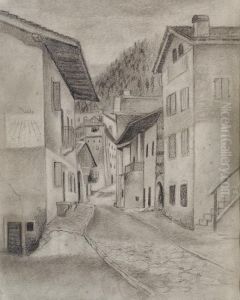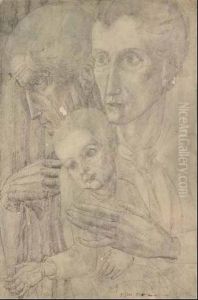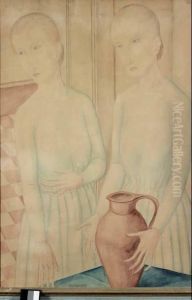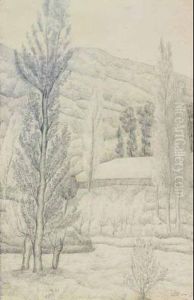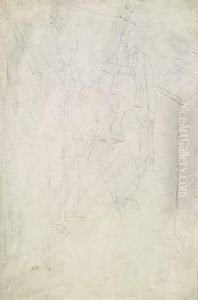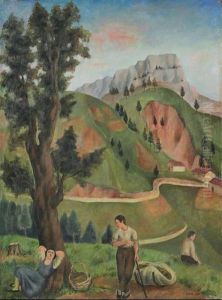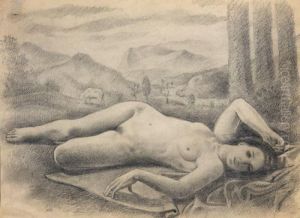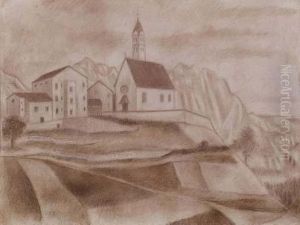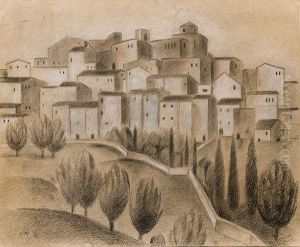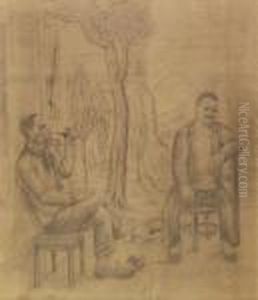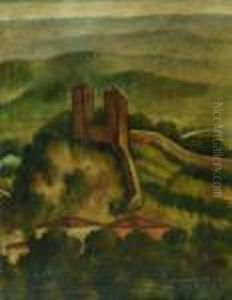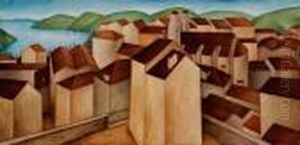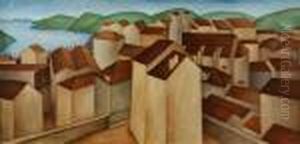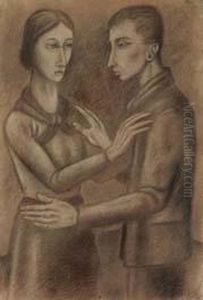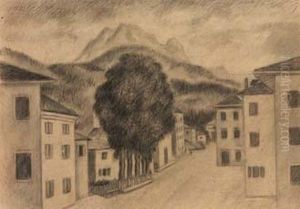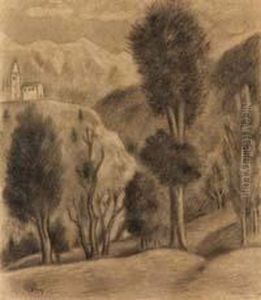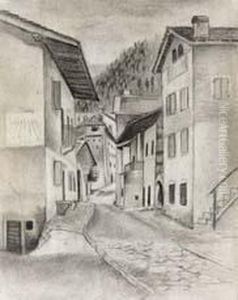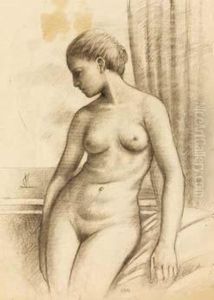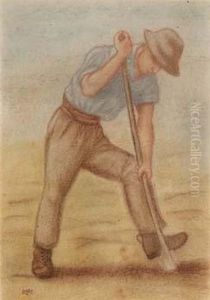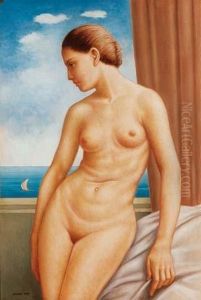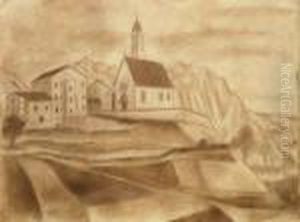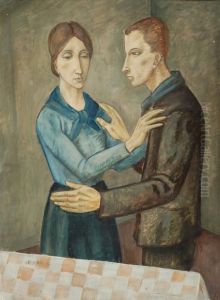Ubaldo Oppi Paintings
Ubaldo Oppi was an Italian painter, known for his distinctive style that blends elements of the Renaissance tradition with Modernist influences. Born on February 28, 1889, in Bologna, Italy, Oppi showed an early interest in art. He initially studied at the Accademia di Belle Arti in Venice and later moved to Vienna, where he was influenced by the Secession movement and artists such as Gustav Klimt.
In Vienna, Oppi also encountered the work of Ferdinand Hodler and other symbolist painters, which would have a lasting impact on his style. After his time in Austria, he returned to Italy, where he became involved with the 'return to order' movement in the post-World War I era. This movement sought a return to the classicism and order of earlier art traditions as a response to the perceived chaos of the war and the preceding avant-garde movements.
Oppi's work is characterized by a serene and clear use of line and form, a harmonious palette, and often an idealized portrayal of the human figure, which reflects his admiration for the Old Masters. His subjects frequently include religious themes, portraits, and scenes of Italian life, particularly those that evoke a sense of nostalgia for the past.
Despite his traditionalist leanings, Oppi's paintings also display a modern sensibility in their composition and stylization. He often flattened his figures and used a simplified color scheme that hinted at the contemporary developments in art, although he never fully embraced the avant-garde.
Throughout the 1920s and 1930s, Oppi exhibited widely, both in Italy and abroad, and he received a number of commissions for public and private works. However, his career was cut short by his untimely death on May 25, 1942, in Vicenza, Italy. Today, Ubaldo Oppi's work is recognized for its unique contribution to 20th-century Italian art, offering a blend of the old and new, and it is featured in various collections and museums throughout Italy and beyond.


